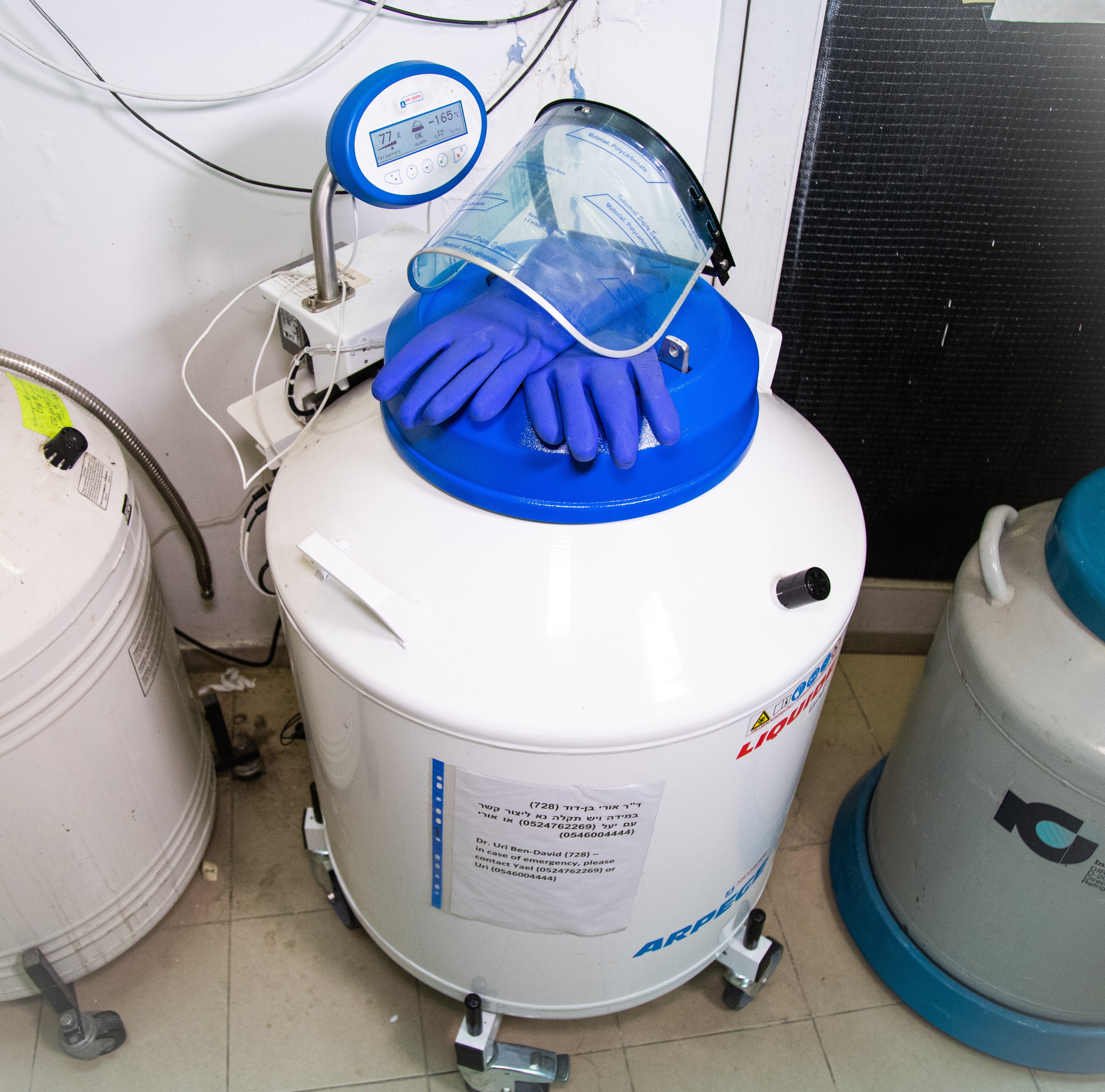Laboratory Safety guidelines and Personal protection equipment (PPE)
Professional standards of personal behavior in the laboratory ensure your and your coworker’s safety. You are responsible that your work is safe to you, to others and to the environment
Expectations
- For educational computer training and instructions log in MyTau, enter Moodle, then perform tutorials לומדות לפי הנחיית הפקולטה.
Biology research lab members have to perform tutorials in Biology and Chemistry.
Lab members handling autoclave have to perform tutorial on autoclave.
Lab members working with X-rays, radiation sealed equipments and isotopes have to performed tutorials in X-ray/Radiation
- Each student/worker is required to leave the public places clean and organized: departmental chemical hoods, shared biological safety cabinets, shared radioactive rooms and autoclave rooms
Guidelines for laboratory safety
- Do not consume food/beverages in the lab
- Do not allow visitors/children where hazardous substances are stored or hazardous activities in progress
- Do not wear open shoes and shorts in the lab
- Personal protection equipment (PPE): Lab coats are mandatory in all labs at the Faculty of Medicine
- Wear gloves and safety goggles when handling hazardous material such as paraformaldehyde, preparation of acrylamide; bis-acrylamide gels, liquid nitrogen

Liquid nitrogen with PPE: thermic gloves and face shield
- No lab coats and gloves in offices, seminar rooms, toilets and kitchen
- Remove your gloves especially in elevators when touching doors and bottoms
- Hands should be washed after handling biological and chemical materials, after removing gloves
- Perform all procedures carefully to minimize the creation of splashes or aerosols
- Read the SDS before handling your chemicals
- Chemicals liquids should be handle in a chemical cabinet (such as beta-mercaptoethanol, acetic acid, paraformaldehyde, hydrochloric acid, ether, phenol, trizol)
- Needles, broken glassware and other sharps dispose into sharp bin container
- Use a bucket or other secondary container when transporting chemicals through hallways or between buildings The individual transporting the chemical should know the hazards of the chemical and should know how to handle a spill
- Know the location and how to use emergency equipment, including safety showers, eyewash and first aid lab cabinet
- Any chemical accident or emergency must be reported; your supervisor; Chemical Safety Officer Dr. Dana Ashkenazi and Faculty of Medicine Safety Officer Dr. Debora Rapaport. In case of accident fill the form (for students and for workers)
- Needles, broken glassware and other sharps dispose into sharp bin container
Sharp bin container
Guidelines for pregnant women
- Special safety considerations apply during pregnancy. You are advised to contact our safety officers and your supervisor to discuss this individually.
- Note regulations for pregnant women and teratogenic effects
- Not to work with isoflurane (teratogenic effects; isoflurane in animal care and isoflurane guidelines)
- Not to work with cytotoxic drugs (each drug has a link indicated breast-feeding and pregnant women)
- Regarding lentivirus work, there is no special recommendations for pregnant women. However, as all lentivirus users, to work with 3rd generation system which is safer than 2nd generation.
Protective personal equipment (PPE)
|
PVC gloves for chemical spill |
Liquid nitrogen container and PPE |
Nitrile gloves |
Face shield |
Goggles |


